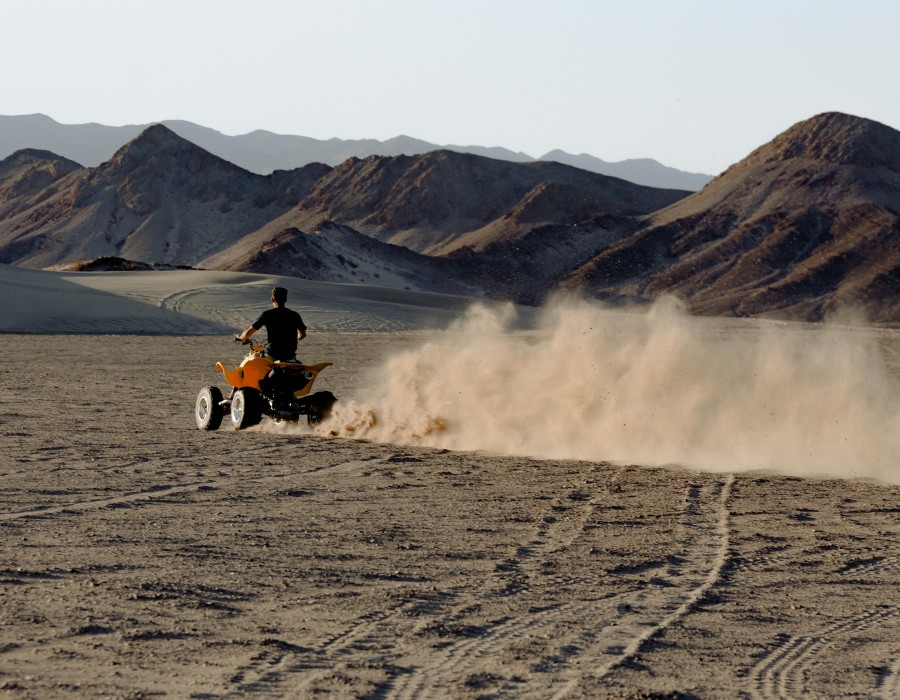There's something genuinely thrilling about that moment when you're about to experience off-road trails for the very first time. It's a mix of excitement, anticipation, and maybe just a touch of nervous energy, and honestly, that's exactly how it should feel. Whether mountain paths, desert landscapes, or forested trails are calling your name, the key to turning that first ride into an unforgettable adventure lies in your preparation. Sure, you could just show up and wing it, but taking the time to prepare properly transforms what might be an overwhelming experience into something truly special.
Understanding Your Vehicle and Its Capabilities
Here's the truth: you can't master trail riding if you don't really know your vehicle. It's not just about knowing where the gas and brakes are, though that's obviously important. Start by actually reading that owner's manual sitting in your glove box. Yes, the whole thing is.
Essential Safety Gear and Equipment Checklist
Let's be clear about something right from the start: cutting corners on safety gear is never worth it. The right protective equipment isn't optional; it's what stands between you and injuries that could end your riding career before it really begins. Your helmet needs to be DOT-approved and specifically designed for off-road use, which means proper ventilation for those longer rides when you're working up a sweat. Goggles or a quality face shield protect your eyes from the inevitable dust clouds, flying debris, low-hanging branches, and swarms of insects that seem to appear out of nowhere.
Physical and Mental Preparation for Trail Riding
Here's something many beginners don't realize until they're exhausted halfway through their first ride: trail riding is legitimately demanding work. Your body takes a beating from constant motion, weight shifts, and maintaining control over terrain that's anything but predictable. In the weeks before your first adventure, focus on building core strength and cardiovascular endurance, your future self will thank you when you're not completely gassed after fifteen minutes. Balance exercises and flexibility work might not sound exciting, but they're what allow you to shift your weight smoothly and react quickly when the trail throws surprises your way.
Researching and Selecting Appropriate Trails
Picking the wrong trail for your skill level can turn an exciting first experience into a frustrating or even dangerous ordeal. The good news? There's a wealth of information available if you know where to look. Online resources, guidebooks, and off-road forums are goldmines of information where experienced riders share honest insights about trail conditions and difficulty ratings. Reach out to local riding clubs or visitor centers for current trail status updates, seasonal closure information, and details about any permits you might need. Look specifically for trails marked as beginner-friendly; these typically feature gentler slopes, fewer technical obstacles, and better-maintained paths that let you focus on mastering basic skills. When starting out on beginner trails, riders who are learning on a 110 cc atv will find that these entry-level machines provide manageable power delivery and responsive handling that builds confidence. For your first outing, keep it short, plan for a ride lasting one to two hours maximum, so fatigue doesn't become a factor. Check the weather forecast and current trail conditions, steering clear of muddy or wet trails that dramatically increase difficulty while also causing unnecessary environmental damage. Before you head out, tell someone who's staying behind exactly where you're going and when you expect to return. It's a simple safety step that could make all the difference in an emergency.
Pre-Ride Vehicle Inspection and Maintenance
A few minutes spent checking your vehicle before you ride can prevent hours of frustration, or worse, out on the trail. Start with tire pressure, making sure it matches manufacturer specifications for the type of terrain you'll be tackling, and verify that your tread depth is adequate. Pop the hood and check all fluid levels: oil, coolant, and brake fluid should be topped off, and while you're at it, look underneath for any signs of leaking. Test every light on your vehicle, headlights, taillights, and brake lights, because even if you're planning a midday ride, conditions can change quickly outdoors.
Trail Etiquette and Environmental Responsibility
Being a responsible trail rider goes way beyond just knowing how to operate your vehicle; it's about respecting the environment and everyone else who uses these outdoor spaces. The "Tread Lightly" principles aren't just feel, good guidelines; they're practical rules that keep trails open for everyone while protecting the natural environment. Stay on designated trails always, no exceptions, and give wildlife the space they need. When you encounter other trail users like hikers or horseback riders, yield appropriately and slow down or stop completely when passing.
Conclusion
Getting ready for your first trail-riding adventure might seem like a lot of work, and honestly, it is. But every bit of preparation you do pays off when you're actually out there, navigating your first trail with confidence instead of anxiety. The reality is that every seasoned rider you see making it look easy started exactly where you are now, as a beginner who took the time to learn, prepare, and respect both the sport and the environment. Don't feel pressured to tackle challenging trails right away.





Comments